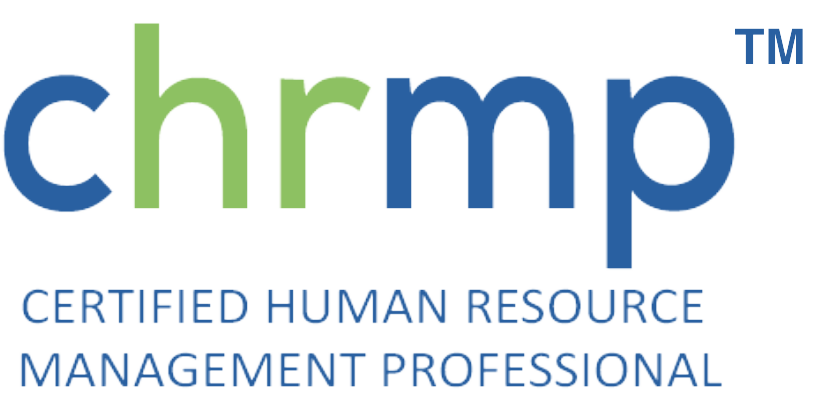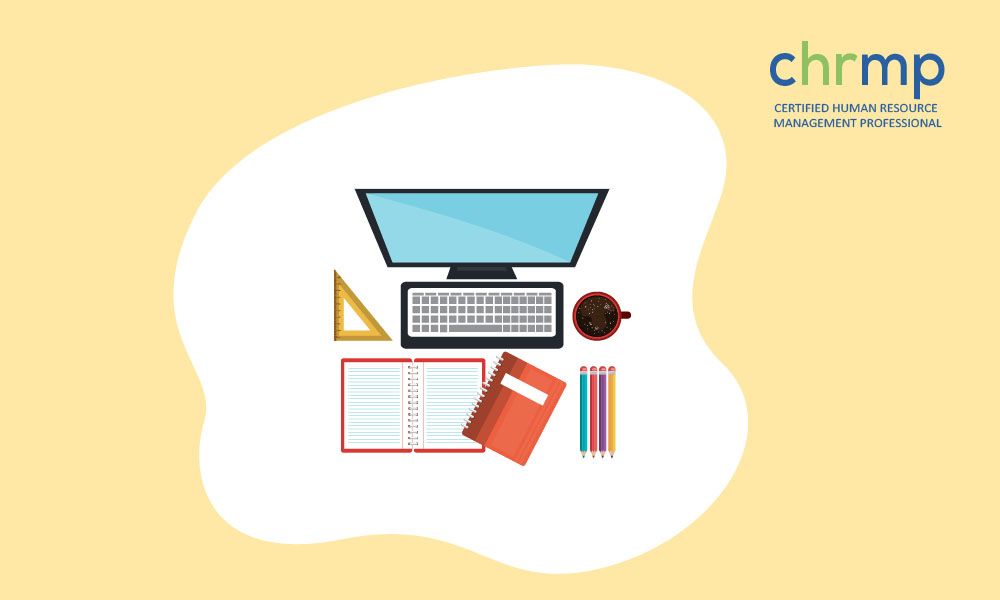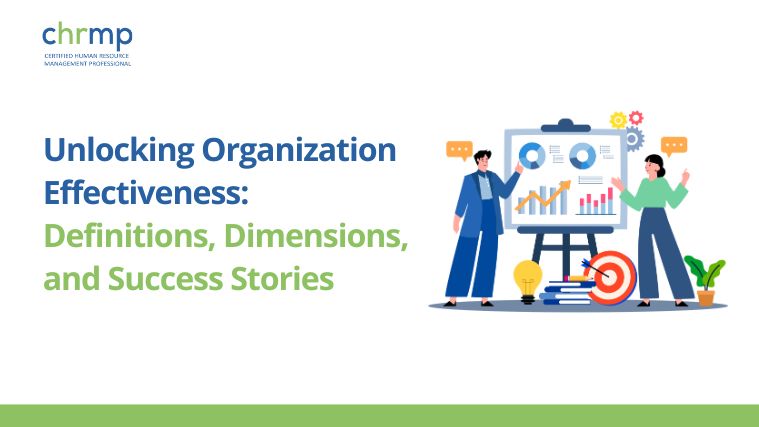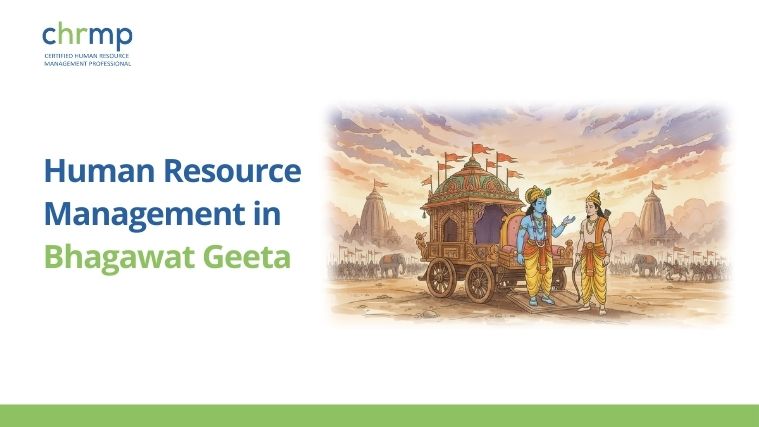Writing different chapters of a technical report is a matter of great significance.
For better understanding of this blog, it is requested that the readers may go through the following blogs, published by us, earlier.
- What are the Characteristics of Effective Technical Writing?
- How to Prepare a Good Technical Report?
Structure of a Technical Report
A proper structure or lay-out of a technical report brings clarity in its presentation.
We should provide the information in such a way that reader can easily find it. They should also be able to understand it easily.
We can do this by dividing the technical report into different chapters or subheadings.
Below is listed a particular sequence of chapters in a technical report.
- Summary
- Symbols and Abbreviations
- Introduction
- Literature Review
- Experimental
- Results and Discussions
- Techno- economic Evaluations
- Acknowledgements
- References
- Appendices
Structure of the technical report may be as outlined above.
It may also be written in a manner befitting the needs of an organization.
The author has tried to fix the requirements for each chapter in brief.
The same is furnished below.
Summary
Executive summaries /blog/how-to-write-a-good-documentation-report-pdf-for-free/
Documentation Writer – How to Write Different Chapters of Documentary Film
- Introduction: The introduction is the first part of the document. It should introduce the readers to the document and its contents.
- Purpose statement: A purpose statement should be provided before writing the content. This helps the writer to draft the document accordingly.
- Scope: The scope of the document should be clear from the start. If there is any ambiguity, then we need to clarify it at the beginning itself.
- Audience: We should identify the audience who will read our document.
- Approach: This step includes identifying the problem and how we are going to solve it.
- Objectives: This section contains the objectives of the project.
- Methodology: This section contains the methodology used to carry out the research work.
- Data collection: In this section we collect data which will help us to write the report.
- Analysis: Here we analyze the collected data and present the findings in detail.
- Conclusion: Finally, here we conclude with some recommendations for future studies.
- References: A reference list is required at the end of the document.
Annual report is generally prepared in two parts – Executive Summary and Full Body.
The executive summary provides a quick overview of the key points of the annual report.
Full body of the annual report consists of more detailed sections like Financials, Management Discussion & Analysis , Key Highlights, Corporate Governance etc.
This post will guide you on how to write the executive summary of your annual report.
Standard report format is followed by most of the companies when they prepare their annual reports.
These include
- Company Name
- Year of Establishment
- Number of Employees
- Country Where Company Is Located
- Principal Business Activity
- Business Description
- Financial Statements
- Key Performance Indicators
- Management Discussion & Analysis
- Corporate Governance
- Recent Developments
- Market Segment Information
- Listing of Directors and Officers
- Profit & Loss Statement
- Balance Sheet
- Cash Flow Statement
An annual report follows a standard format.
The format of the annual report depends upon whether we are preparing financial statements or not.
Financial reports are usually divided into three sections – Financial Statements, Notes to the Accounts and Management’s Discussion & Analysis.
Non-financial reports have only one section – Management’s Discussion and Analysis.
In case of non-financial reports, the section headings are defined as under:
- Abstract
- Background
It constitutes all the salient points of the technical report. It covers all the chapters in proportion to their length. It should cover the following aspects:
- Brief background
- Precise objectives
- Very brief approach
- Most important results
- Brief statement on techno-economic benefits
- Main Conclusions and recommendations
Symbols and Abbreviations
We should try to give these, keeping in view the national and international norms.
Introduction
It constitutes background objectives and scope.
Literature Review
We should try to give present state of scientific / technological developments in the connected field. It should also cover all important aspects pertaining to formulation of the approach.
Approach
The approach of technical report may consist of the following:
- Design and selection of equipment
- Design of experiments
- Range of design operating variables to be covered in the investigation
- Experimental techniques and analytical techniques to be used for data analysis
- We should try to give a firm basis and justification for each step.
Experimental
It may consist of the following:
- Description of equipment used or designed
- Experimental test conditions and procedures
Results and Discussion
We should try to present results in the form of figures and tables, and describe them suitably.
We should try to discuss results in the light of the Literature Review and Approach.
Techno-economic Evaluations
Techno-economic evaluation is very important facet of technical writing. This is because it gives monetary aspects related to the project.
We should try to give detailed calculations in the appendix only. We should present important results only in the main text of the technical report.
Conclusions
Conclusions should be brief, simple, straight forward and definite statements based on the results of investigation.
We should not try to make any conjectures and or speculations.
We may make conclusions in a series of numbered points or in paragraph form.
If there is one general complicated conclusion, the paragraph form will be probably better.
Numbered points are best suited to problems that result in a number of relatively simple and definite conclusions. However, we should try to introduce these by a sentence or a brief paragraph before stating them.
Recommendations
It should have the following characteristics:
- Based mainly on conclusions
- We Should ensure that it is concise and presented in a logical manner
- There should be no further discussion or explanation, but simply a list of specified courses of action
- We may also discuss further scope of work
Acknowledgements
It is a matter of choice and depends on the author. However, the author may acknowledge the co-operation and help taken during technical report writing.
References
We should give the references, which are the real ones. These should be the one which we have come across during the investigation or report preparation. We should never cite unseen, unused or unread references.
Appendices
Sometimes it happens that some essential information may not be included in the main body. We should give such type of information in the end as “Appendices”.
Ripples Learning is continuously striving to add value to knowledge pertaining to human resource field, through its blogs and different state of the art programs.
Technical Writing Examples – The following are some examples of technical writing. They are meant to be used as a reference for technical writers.
A technical writer should always have a thorough understanding of the subject matter he/she writes about. This will help him/her write better content. He/She must also know all the aspects of the subject so that he/she can write about it in a way that is understandable by people who do not have any background knowledge of the subject.
Levels of headings :
Heading levels are usually indicated by numbers. For example, the heading level 1 would be written as H1. Headings are used to indicate the importance of the section they appear in. A higher level indicates more importance. A lower level indicates less importance.
There are four types of headings:
- Main titles with subheadings
- Subtitles without subheadings
- Titles without subtitles
- Section titles
You must have a good understanding of how HR works in order to make sure that everything runs smoothly. HR operations include hiring, training, compensation and benefits, employee relations, performance management, and many other areas. You need to understand these areas well enough to ensure that your company’s policies and procedures are followed. Training and development in : can be very challenging. It requires a lot of planning, coordination, and execution. As a manager or supervisor you must take on this challenge. One of the most important things you can do is to provide employees with opportunities to learn new skills.
The first step towards developing an effective training program is to identify what needs to be taught. When identifying the needs, you should consider both internal and external factors. Internal factors include such things as job requirements, organizational structure, and personnel turnover.
Staff development programs can only meet their goals if they are based on sound research. A survey of the organization’s current capabilities and future plans will give you a basis from which to develop a plan. External factors to consider when designing a staff development program include industry standards, the organization’s resources, and the availability of funding. Training programs may be offered at various levels depending upon the size of the organization.
Technical Writing: The Basics – The following article provides a description of technical writing, including its definition, types, importance and more.
The Importance of Technical Writing – In today’s world, technology plays an increasingly significant role in almost every aspect of our lives. From banking transactions to shopping online, technology has become an integral part of daily life. For businesses, the use of technology is essential to success. However, without proper documentation, companies run the risk of losing valuable information.
A transmittal letter is a formal business communication sent between two parties. It typically contains a cover sheet, a table of contents, and a list of attachments. These letters are usually written in response to an inquiry or request made by another party. Transmittal Letters- Transmittal letters are often used to respond to requests for proposals or responses to RFQ documents.
As a technical writer, you will generally want to focus on topics related to your own discipline.
Operational functions of HRM : Hiring, Training, Compensation, Employee Relations, Performance Management, Benefits, etc. These are all operational functions of human resource management . The HR department is responsible for ensuring that these functions are carried out in an efficient manner.
Training design and development is a complex process. There are numerous variables involved in this process, including the type of training being conducted, the number of trainees, the duration of the training, and many others.
In addition to providing high-quality training, it is important that managers communicate effectively with their teams. Effective communication helps workers feel valued, increases productivity, and improves morale.
Managing People – How To Manage People – Many employers believe that managing people is one of the biggest challenges facing them.
If you want to succeed in technical writing, then you must start learning now. Most technical documents are written by highly trained professionals. If you want to get into the field, you need to gain experience in writing technical reports.
Shortest reports – Shortest reports are usually easier to write than longer ones. They also tend to require less time to complete.
When working on any report, keep in mind that there is always room for improvement. Your final product will not be perfect; therefore, don’t expect perfection. Instead, focus on making your work better each day.
A great way to improve your writing skills is to read books about grammar and style. This will help you to avoid common mistakes and improve your overall writing ability. Contemporary report design includes a variety of elements, such as text boxes, tables, graphs, charts, and diagrams.
While using visual aids, make sure that you do not overuse them. Too much visual material can overwhelm readers and distract them from reading the actual content.
As mentioned before, the length of a report depends on several factors. Generally speaking, the shorter the report, the simpler it is to understand. Business writing should include a clear introduction, body paragraphs, and conclusions.
You may find yourself writing a lot if you decide to take up technical writing as a career. As a result, it’s important to have a good understanding of what makes a well-written document. Here are some tips to consider when writing business reports:
report cover page should include the name of the person who wrote the document, the date it was completed, and other relevant details. It is also a good idea to list the purpose of the report and briefly describe what it contains.
A transmittal letter is a formal letter used to send information or documents between two parties. A company needs to use a transmittal letter to send its internal correspondence among employees, vendors, customers, and so forth.
The first thing you need to do is identify the audience for whom you’re creating the report. You’ll probably want to create a different version for each group.
A cover letter is an essential part of every job application package. The cover letter is a short introductory letter attached to the resume.
Writing a cover letter is easy once you know how to go about it. Writing a cover letter requires just a few simple steps. First, choose whether to address the letter to a specific individual or to a generic “Dear Sir/Madam”. Second, decide if you want to give the reader more information about yourself.
The best place to begin when writing a formal report is by defining the audience. You may have different groups of people who will be receiving your report. Each group requires a specific set of instructions.
An Annual report is a very popular form of business report. This kind of report is used every year and provides information on the financial status of the company.
Many companies use annual reports to show investors how well they are doing financially. Some companies even publish their annual reports online so that everyone can see how successful they are.
The most important thing to remember when writing a report is that you must provide enough detail so that the reader understands exactly what you mean.
Standard report is a term used to describe a generic document or file format that has been widely adopted. These files are often created by an organization and are intended to be shared with others.
Technical Reports – What Is A Technical Report? – Technical reports are generally lengthy documents that contain detailed descriptions of products and services.
Technical writing is a broad category that encompasses all forms of writing related to technology. Examples of technical writing include white papers, manuals, instructional materials, and user guides.
Traditional design processes include several steps that must occur before a project begins. These include planning, research, analysis, documentation, and implementation. The traditional approach involves many phases and requires significant time and resources.
Design considerations :
Designers often use a variety of tools in the process of designing a website. They might use software such as Adobe Photoshop or Microsoft Office to create graphics. They might write code using HTML, CSS, JavaScript, PHP, or ASP. They might use content management systems like WordPress or Drupal to manage the content on their site. And they might use databases like MySQL or SQL Server to store data.
Design decisions include :
- What type of language should I use?
- Should I use tables or other layout elements?
- Which fonts should I use?
- Which colors should I use?
- Where should my navigation bar be located?
- Do I need any special formatting?
- How much text should I allow?
- These questions help ensure that designers make good choices when making design decisions.
- When you’re ready to start working on your website, you need to get started.
Planning
The first step in the traditional design process is planning. Planning helps teams develop a plan for their projects. A team may use a formalized process or rely on informal discussions among members.
Contemporary design processes have been simplified and streamlined. Some people believe that planning is unnecessary because they think that projects will run smoothly without much planning. However, when you do not plan, your project may suffer from problems like poor communication, missed deadlines, and wasted money.
Research
After planning, a second step in the traditional design is researching. Research provides information that allows designers to make informed decisions about what they want to build.
Traditional report design uses a table-based layout. The following steps outline the process of creating a typical report:
A few important things to keep in mind are :
- Table of contents: Table of contents are vital part of a report which helps the reader to navigate through the report easily. Table of Contents is basically a summary of the entire report.
- Style for headings: Headings play an important role in designing a report. There should be proper formatting for headings and subheadings, Levels of headings are important as well . Consecutive headings can be separated by one line space. Design of headings should be consistent throughout the report. Descriptive headings should be bolded. Subheadings should be italicized. A Standard report is always written in Times New Roman font size 12, with 1 inch margins all around.
- Subheadings: Subheadings are placed under the corresponding heading. They are usually written at the end of each paragraph. If there is more than one level of subheading then consecutive subheadings should be separated by two lines space.
- Levels of headings: In order to avoid confusion between different levels of headings, it is advisable to use only one level of headings.
- Text: Texts are the main body of the report. In case of technical report, texts are mostly paragraphs. Paragraphs are divided into sections based on the topic covered in the paragraph.
- Formatting for paragraphs: Paragraphs should be aligned properly. Use indentation if necessary to create a balanced look.
- Tables & Charts: Tables and charts are two of the most commonly used tools in any report. They are effective means of presenting data in a concise manner.
- Use of graphics: Graphics are essential parts of report. They add more value to the report and assist the reader to understand the report quickly.
- Extra sections: If there is any additional information required then these should be included in extra sections. For example if there is any reference section then this should be placed separately at end of the main body of the report.
- Reference section: Reference section is another important section where one can find the source of data or references used in the report.
- Footer: Footer is last section of the report. Here we can find out the contact details of the author, copyright information, etc.
A Documentation writer is someone who writes articles about products or services. They write about the product or service itself, not just the facts about it. This type of document is called a “technical manual”. There are different kinds of technical manuals:
- A user guide explains how to perform certain tasks using the product or service. It usually includes instructions on how to operate the equipment.
- An instruction manual tells you how to assemble the product or service.
- A maintenance manual describes how to repair or replace parts of the product or service.
- A reference manual gives detailed information about the product or service. This kind of manual usually contains specifications and diagrams of the product or service as well as background information.
There are also other types of technical manuals, such as a troubleshooting manual, a warranty booklet, and so forth. Each of these manuals has specific purposes and audiences.
Frequently Asked Question :
What are the 5 sections of a technical report ?
- Title page
- Abstract
- Introduction
- Background
What is the format of technical report ?
- The abstract should be written in third person.
- The introduction should include the background information on the topic.
- The body should contain the main results.
- The conclusion should summarize all the findings.
5 steps in writing a technical report ?
- Write an introduction that summarizes your thesis statement.
- Write the body of the paper, which includes background information, results, conclusions and recommendations.
- Make sure you cite all sources properly.
- Proofread carefully before submitting it.
For knowing more about us, please go through the following websites:






